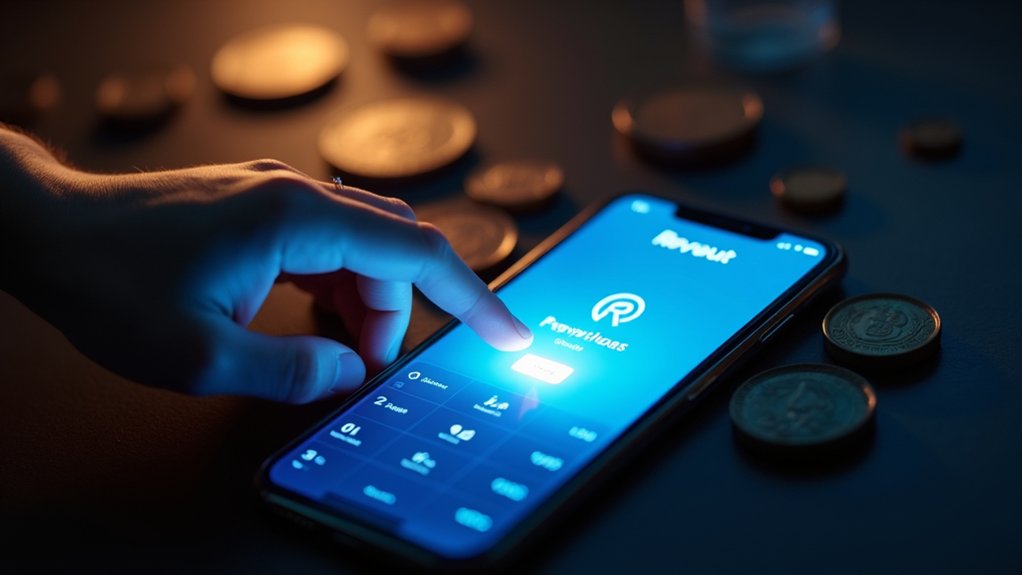While most corporate Bitcoin strategies amount to little more than treasury diversification dressed up as visionary thinking, Block Inc. has constructed something altogether more ambitious—a detailed ecosystem that positions the company as both infrastructure provider and evangelist for Bitcoin’s shift from speculative asset to functional currency.
The company’s approach extends far beyond the typical corporate playbook of parking excess cash in Bitcoin and calling it innovation. Block has methodically built what amounts to a vertically integrated Bitcoin business, combining merchant payment infrastructure through Square POS with Lightning Network integration for near-instant transactions, while simultaneously developing proprietary mining hardware through its Proto initiative.
Block has methodically constructed a vertically integrated Bitcoin business spanning payments, Lightning Network integration, and proprietary mining hardware development.
This isn’t merely hedging against dollar debasement—it’s constructing the plumbing for Bitcoin’s everyday utility.
Block’s treasury position of over 8,500 bitcoins (worth north of $1 billion) represents more than balance sheet optimization. The company commits 10% of gross profit from Bitcoin products monthly to additional acquisitions, creating a self-reinforcing cycle where success in Bitcoin services directly funds further Bitcoin accumulation. The company’s commitment to Bitcoin accumulation is evident in its consistent purchasing pattern, having added 122 BTC in the fourth quarter of 2024 alone.
Such conviction either demonstrates remarkable prescience or spectacular overconfidence in cryptocurrency’s commercial viability.
The hardware ambitions prove particularly intriguing, targeting a $3-6 billion mining equipment market dominated by Chinese manufacturers. Block’s open-source mining platform aims to democratize access to mining technology—a noble goal that conveniently positions the company to capture revenue from Bitcoin’s foundational infrastructure layer. Despite these ambitions, mining profitability faces headwinds from rising network difficulty and escalating energy costs across the sector. Operations have increasingly concentrated in regions with favorable energy costs, as miners seek to maintain profitability amid diminishing returns from hardware expenses and power consumption.
The 12.63% R&D spending rate signals serious commitment to this diversification beyond software and payments.
Financial markets have begun recognizing this detailed approach, with Block’s Bitcoin-related operations contributing to a 15% year-over-year increase in adjusted EBITDA ($813 million through mid-2025).
What once appeared to be CEO Jack Dorsey’s cryptocurrency obsession now resembles strategic positioning for Bitcoin’s potential mainstream adoption.
The real test lies in execution. Block’s integrated ecosystem—encompassing payments, treasury management, and mining infrastructure—creates multiple revenue streams while reducing dependence on Bitcoin’s notoriously volatile price movements.
Whether this ambitious bet on Bitcoin’s shift from speculative vehicle to everyday currency proves prescient or premature will likely determine Block’s trajectory as it seeks recognition among blue-chip equities.









